Our positive experience with Solar Panels in the Costa del Sol
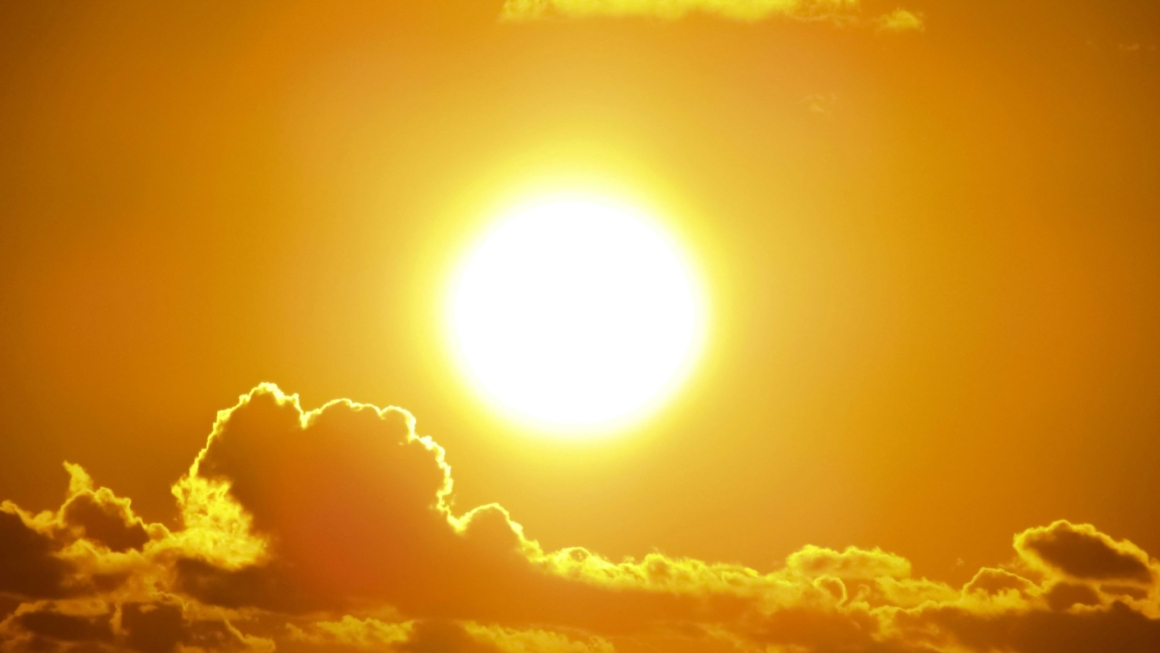
Installing solar panels in the Costa del Sol was a no-brainer: energy in Spain costs a lot and then some, and the Costa del Sol, true to its name, provides plenty of sun. We had this plan even before we bought our place – it was just a matter of getting the more urgent things first and finding the right company to help us with that. This last part took a long time, but we eventually found a company that made us very impressed and now we run (partially) on solar panels – I’ll tell you all the details below!
If you want to skip the story and go straight to the goodies, here it is: we used the services of Geesol to install our solar panels and we are immensely impressed by their services and professionalism. We did get a substantial reduction in our power bill, even though we installed only 8 panels – as much as we could in our area – but the process to get there is not as immediate as we anticipated. We were helped by Geesol in every step and could not have done it without them.
You can get 10% discount in your installation with Geesol if you use this link. I don’t know until when it lasts, though! This and the link in the conclusion are affiliates and can give discounts. The other links to Geesol take you to their home page.
Our first failed attempt
The same week we got the keys of our home, I started collecting names and phones of companies specializing on solar panels around Málaga and the Costa del Sol. Easy to do, because as soon as you look for solar panels almost all adds displayed on every page online turn into solar panel adds, so I had it easy.
We called quite a few companies (I have no idea which companies or how many) asking for a possible quote and if they would be able to install solar panels in our apartment. Most of them prefer to do it in houses but are open to apartments too. Our search got to a halt when one of them said: ‘but do you have permission from the community?’ Ouch, I didn’t know what they were talking about…
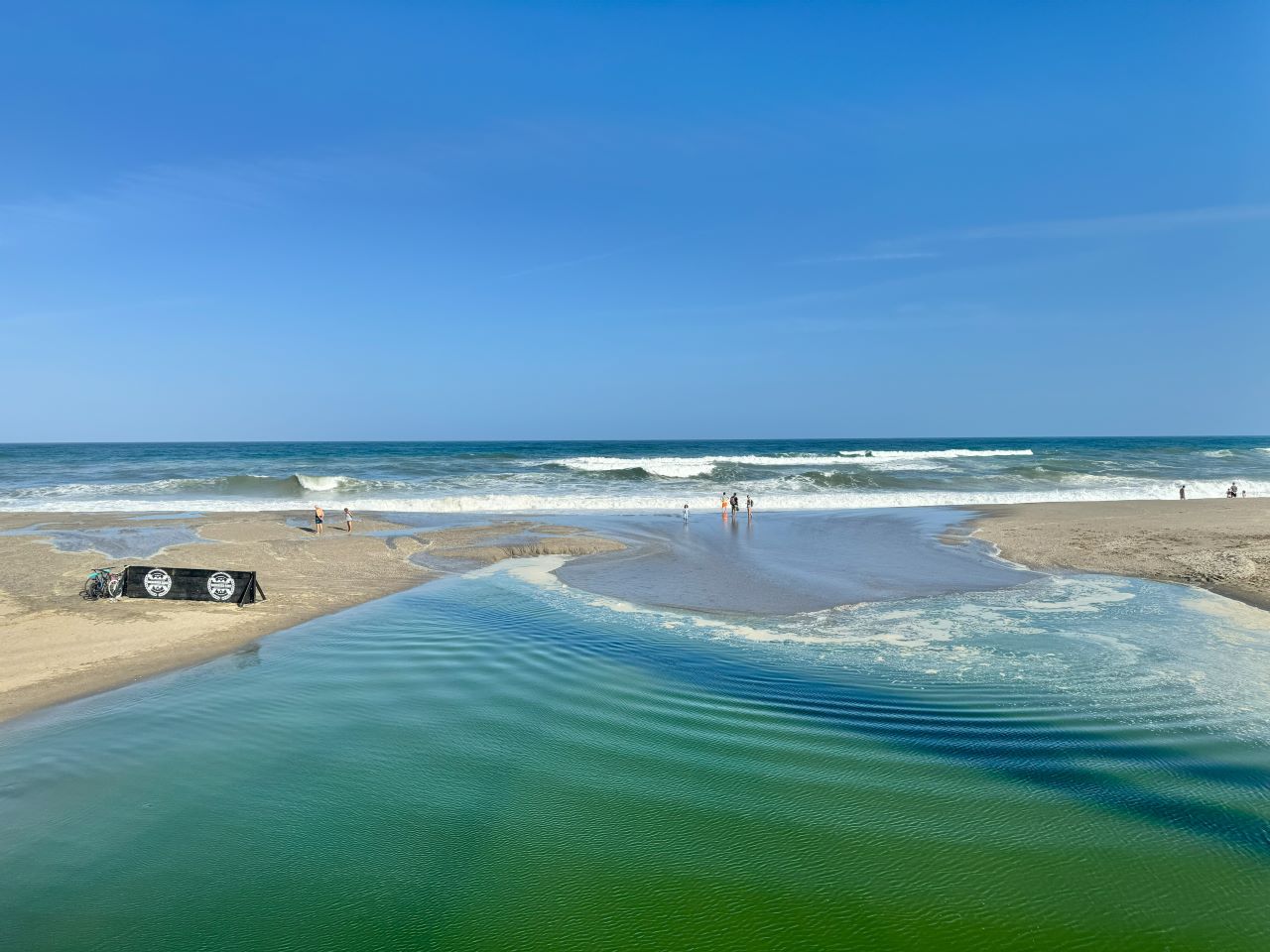
The all-powerful community
Well, I knew we paid a monthly communal fee, and I had a phone number of the community’s property manager, which I found on a board in the entrance of the building – this sums up my communal knowledge back then. (If that’s as much as you know too, check our post about neighbor’s communities in Spain – it’s a very important thing.) I called asking how to get that permission, and he told me he would include the request in the next community meeting, that would happen in July. Damn, July, we were in April (2022). This stopped the search for the moment.
Comes July and to the meeting I went. It took about three hours just to get to my point in the agenda, and I stood up all the time – it turns out the meetings happen on the ground floor of one of the community buildings, and people take their foldable chairs. I was a newbie, obviously. And didn’t have folding chairs, anyway – I had actually thrown out some I found in the house. 🤦♀️
After hours of discussion about a variety of issues I had never thought about – should people in the bajos be allowed to have barbecues close to the window of the first floor? Would it be ok if they were electrical barbecues? Shall we extend the hours of the pool? Can we please renovate the playground? (I had thought about this last one) – we got to my point, and the conclusion was… Sure, why not.
They added that I could put the panels on top of my property and even on top of the nearby communal area of the top of the building, with the caveat that if the community ever decides to use the communal area to install their own solar panels or for any other purpose, I’ll have to remove mine. Fair! Happy camper, I went back to my search for a solar panel company!
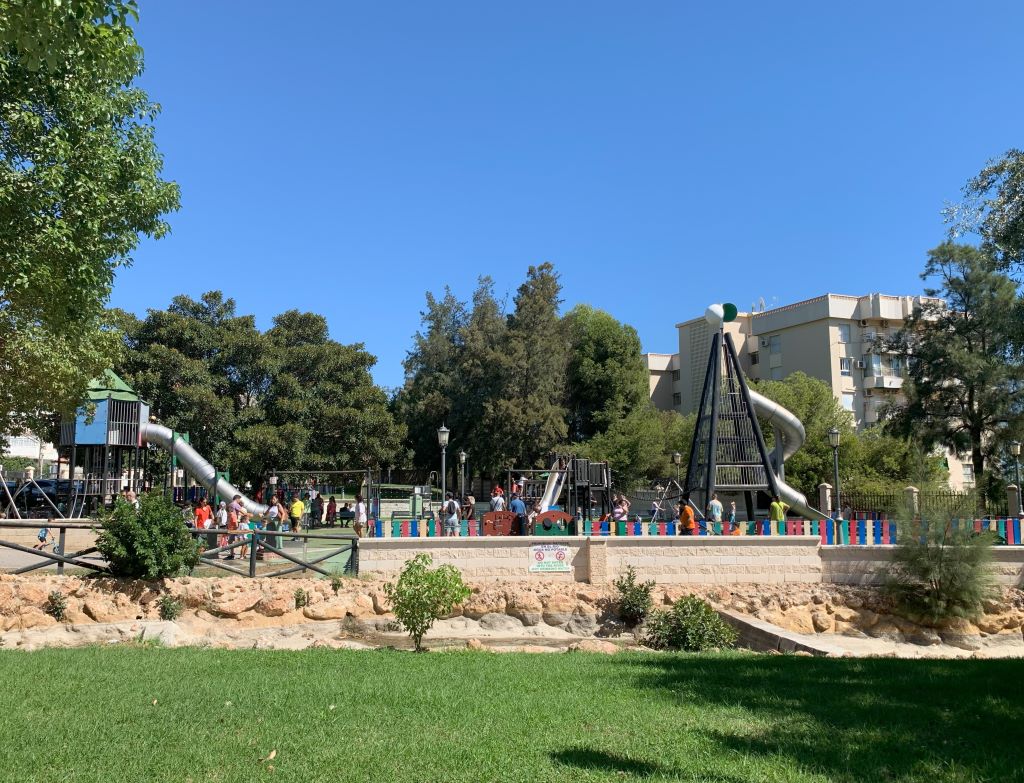
Our second failed attempt
After a while, all companies seemed the same. Life gets in the way, and we got involved in the renovation of the terrace floor, that was needed and urgent, and though I was enthusiastic about having solar energy – and a lowered power bill – the floor renovation costed a lot, and the solar panels were not cheap either, so the solar panel idea was put aside for a year.
We settled in November (2023) with a company that was – back then, not anymore – being advertised by Media Market, a giant in Spain on electronic and household appliances, as their partner on solar panels installation. This gave us a lot of confidence, and we got back in the game. Let’s move!
Their very nice salesperson came to our place and explained a lot of possibilities and models. He was slightly clumsy, and didn’t know how to use the company’s software to add us as clients; he also had to leave fast to solve a bank problem in Málaga and was worried about finding a parking spot there (he has my sympathy on this).
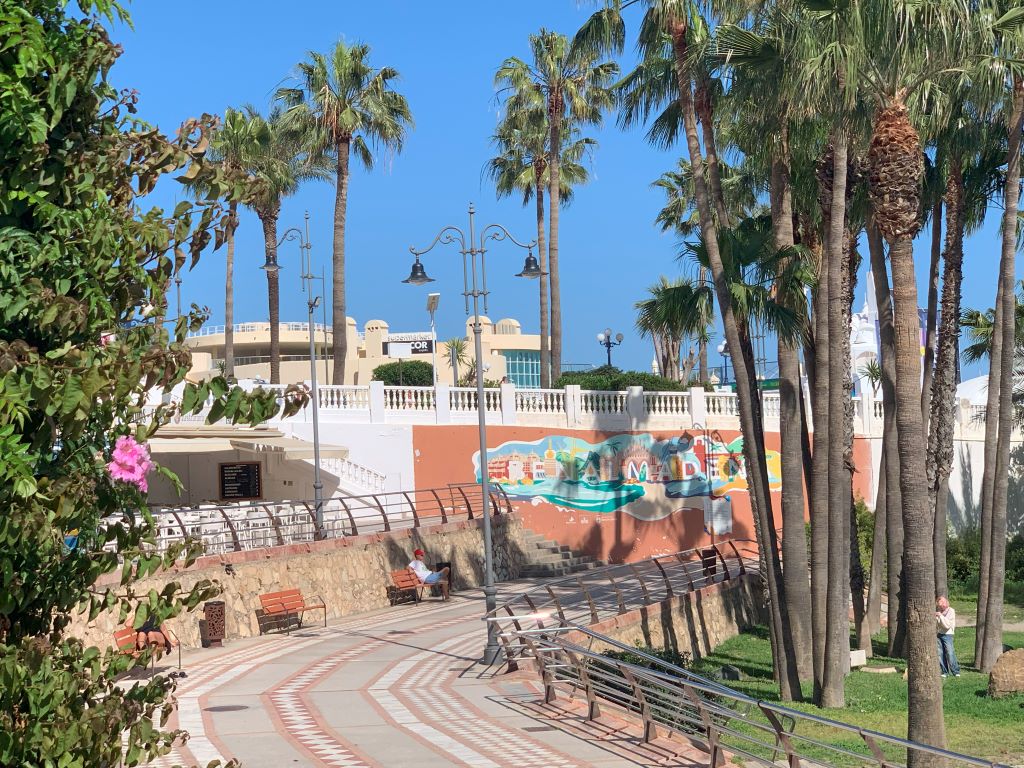
But Hubby had been reading a lot about solar panels and knew what he wanted (thank goodness)! I was glad we got to an agreement easily. The next step was to pay an initial fee, a part of the total cost; once this was done, their technician would pay us a visit to see how many panels, exact locations connections and such. We signed papers and paid a bit above € 600 that same day.
A few days later the technician came. He climbed up to our roof and said the installation could not be done. To install the panels there, it would require the permanent placement of concrete blocks weighing half a ton, – wait, what?! – and that was more than our terrace roof could possibly withstand!
From there on, our relationship with this company (Engel, by the way) was limited to trying to get our money back. I called in November, and they said they would process our refund on December 10, which didn’t happen; a few new calls promised it for January 10 – nada – a billion more calls promised it for February 10 – guess what? nope! – but we did receive the refund in the end of February (2024). Phew!
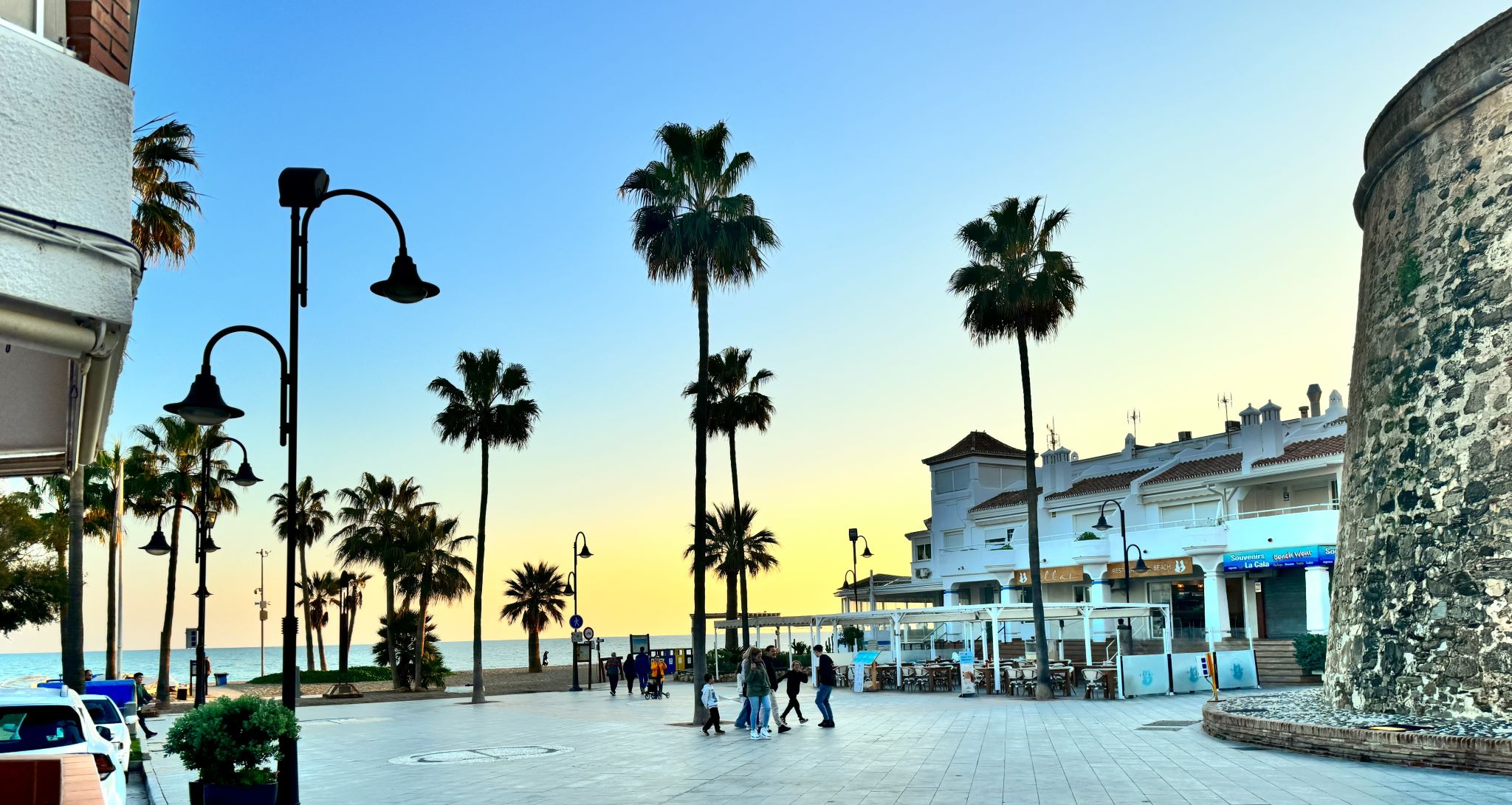
Why not simply buy and install the panels ourselves?
That is something that I, personally, would not want to do for several reasons: I would have to handle myself the Ayuntamiento side of things and find an electrician; we would lose the possibility of subventions (I think) and I wouldn’t know where to start with getting the discounts for putting power in the grid, or wouldn’t know who to ask for help if things didn’t turn out as expected.
We do have a friend that went the DIY way – he has a few panels that he himself installed. It certainly cost less than our project, and he is happy that the panels lowered his bills. He doesn’t get money back from what he puts in the grid and the installation itself occupies part of his front yard with panels and wires – he lives in a house, and the panels are outside, on the floor. But that is more than I can do, for sure. Just taking the panels to our rooftop required a specialized truck, so I can’t imagine doing it all on our own.
Geesol: an unexpected success
After the second failed attempt I wasn’t thinking about solar panels anymore. Nor looking into it. But I had made lots of phone calls in the past, and many a solar company had my number, so one day I received a cold call – ‘Hello Rosana, have you installed solar panels yet?’ Ouch!! How do you know my name? Who are you? How do you know I want…
Ok, once the dots got connected, we could have a serious conversation, and I figured I had nothing to lose as long as the technician visited before the initial payment. So, we booked a new sales visit. I had as low expectations as possible.
But – hey, surprise – the salesperson came, and on time, something unheard of in Spanish lands. We definitely count on mañana, mañana. Completely professional, Javier, from Geesol, knew exactly what he was talking about and even understood some English. Hubby, that had done the homework, liked Javier’s suggestions, and we settled with 8 solar panels with microinverters, without batteries.
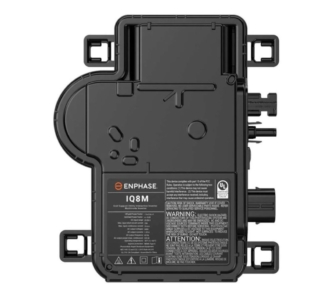
The microinverter is a small piece of equipment attached to each panel, that allows them to work independently from one another. This means that if one of the panels is in the shadow, the others can still produce energy; without the microinverters, if one reduces output, they all reduce together. If one of the panels is partially shadowed, all of them will produce the same as the one producing less. The other option was to have a single inverter, a big box that would take space in the room and not prevent diminution of production by partial shadowing. The microinverters do add a bit to the price.
The batteries store energy produced during daytime to be used when needed. They add a lot to the price, are large and can be noisy, though, as one would need several batteries to store a meaningful amount of energy. We opted for having what is called a ‘virtual battery’, which is pretty much just selling energy back to the grid when we produce more than we consume.
The amount we receive when we sell energy is much lower than what we pay for energy, though – about a third, as we’ll see later. We opted to not have batteries in part because our system is small, and we figured the amount we would store would not be very meaningful anyway – though now I’m not so sure; it seems we actually export a significant amount.
We would have added more panels if we could but, as is, two of them are already in the communal area. We can move them to be fully in our area, but that will require yet another renovation in the terrace, so we will avoid it for now. Currently there is no talk in the community about using the top space, so we are good.
Our system size is 4.84kW. It is relatively small – houses can have twice that amount, or even more – but it may cover up to half our usual electrical needs, particularly in the summer months, when the sun sets almost at 10 pm. We are seeing now the worst of the performance (winter, short and sometimes cloudy days) and we are already having gains.
We got 15 years of warranty on the panels, 25 on the microinverters and 30 on the rest of the installation – structural support (made of metal, not concrete!) measuring equipment (a small box, much like an electric box of an apartment) and cables. Plenty of time to recover the initial costs – and Geesol also dealt with the Ayuntamiento permission and with the subvention request. On our contract, there is a line that says that our fee includes “Legalization – MTD, CIEBT, register, industry and construction license” (this last one I believe is the Ayuntaminto permission). I have no clue what the others are, but they sound bureaucratic and I’m very glad to never know.
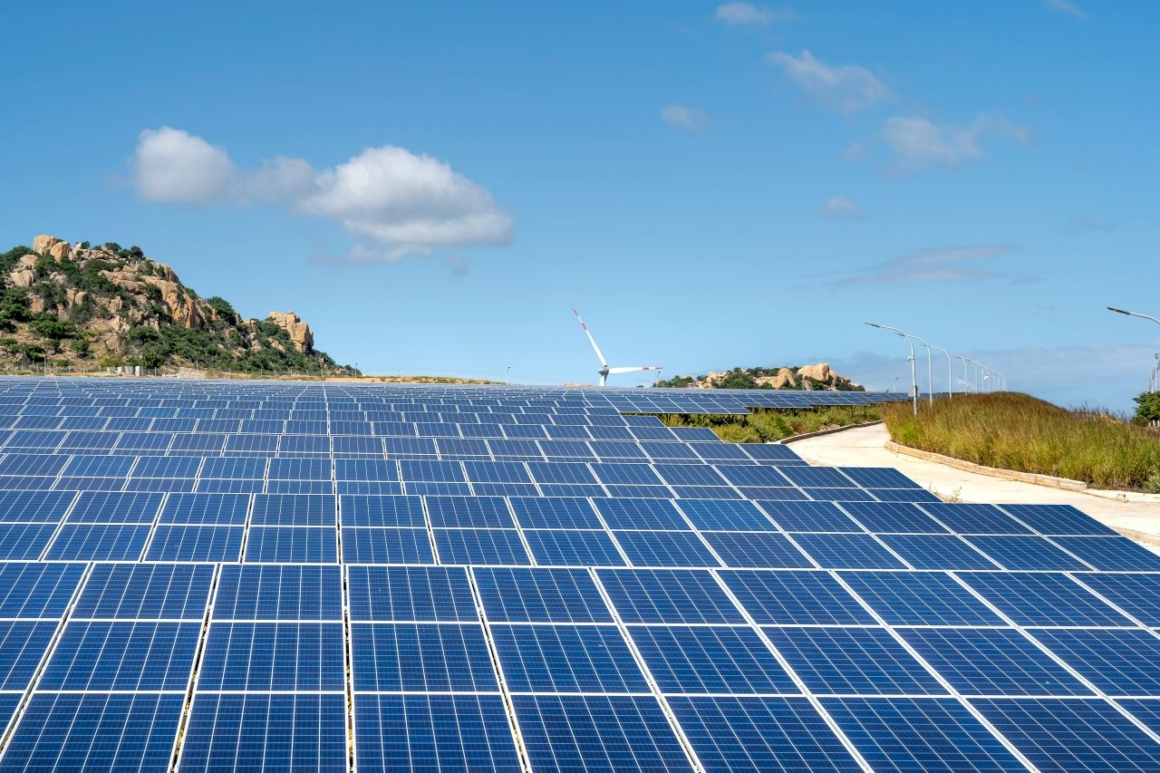
Did we get the subvention?
Not yet. Javier did inform us that the usual time to receive the subvention, which amounts to 40% of the total paid price, is of 2 years. The government of Andalucía subsidizes the installation of solar panels as part of the European plan to move towards greener sources of energy; I believe other parts of Spain do the same or something similar.
I do know, though, that Geesol did their part because I received a notification from the Junta saying that our request for subvention was correctly entered into the system.
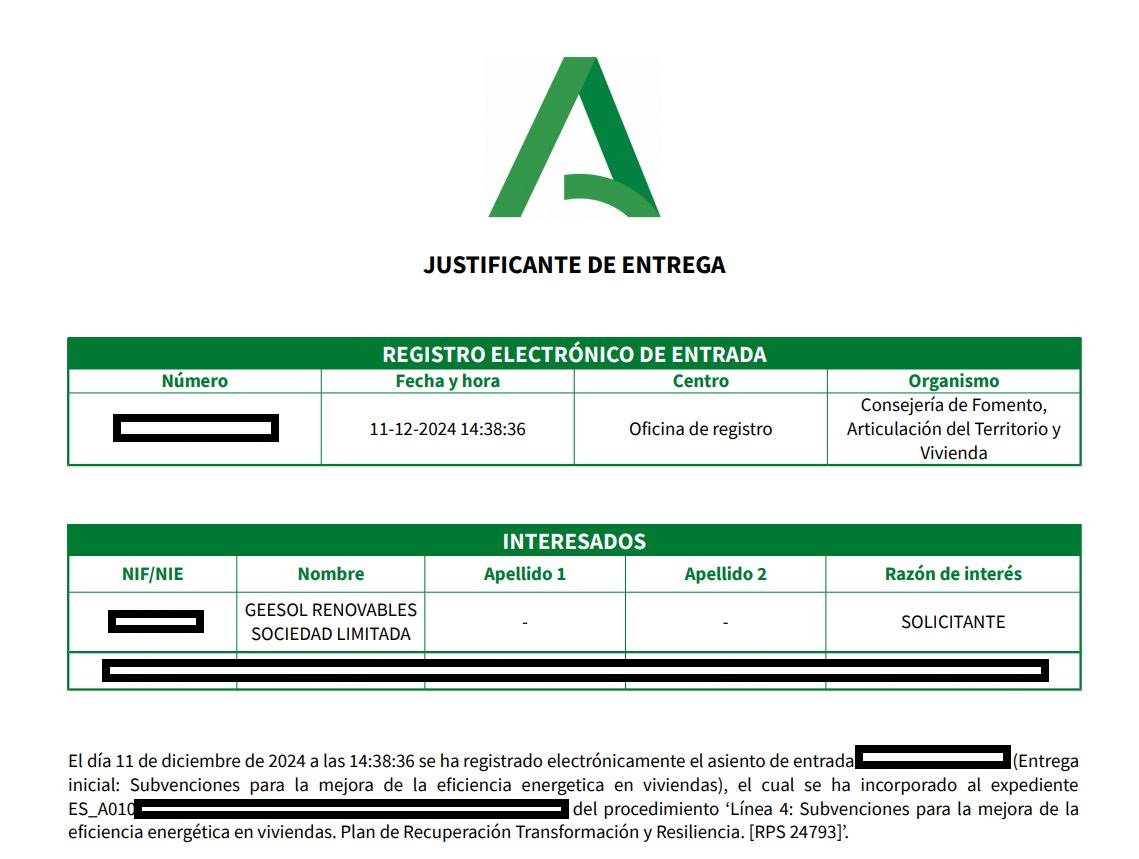
How much did it cost?
We paid a total of € 7.355,60 for the whole thing. If we get the subvention, it will be a payback from the Junta on the amount of (or maybe up to) € 2.942,24, making our net import total € 4.413,36.
We paid in 3 parts:
– 10% up-front (exactly like the previous company requested. I was strongly against paying anything before the technical ‘ok’, but Hubby said he would deal with the refund this time, if needed. I thought he would need to learn Spanish in order to do that, which would also be a good outcome…)
– 40% after the technical visit and
– 50% after completion of the installation.
Technical visit, installation and follow-up
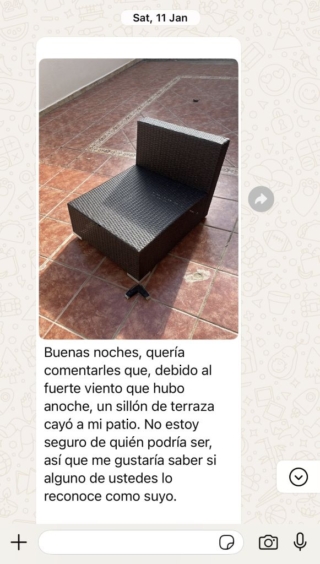
Geesol’s technical visit went super smoothly (and on time, again!). The technician was actually fun and did his inspection with a smile; he didn’t see any need for half a ton of concrete, even when I showed him our sofa cushion that ended up on top of a nearby building (and never flew away from there), explaining how strong the wind is at times in our place.
He guaranteed that the panels would be strongly attached to the metal frame, which in turn would be strongly attached to the roof. (We’ve had some windy days since the installation. Once both me and Hubby went to the terrace, looking up at the skies. Sounds romantic, but we were actually checking if the panels had flown. They didn’t move, what a relief!)
On installation day (December 23, 2024) I could not believe we were really, finally, having solar panels installed. The crew arrived on time (3 in a row, I know, hard to believe, right?) and prepared. They came with a truck, which parked by our building and lifted the 8 panels all the way to our terrace. Me and Kiddo were watching the action from the corner of the terrace as if we were watching a movie – or a ballet, so coordinated. The whole installation, tests and cabling was done in one day – actually less; it lasted for about 6 hours, if I recall correctly.
The crew also showed us how to use Enphase, the app that allows us to see the production in real time. It shows how much our home is consuming, how much of that is coming from the panels and from the grid and how much we are inputting, both in the moment and accumulated overtime, both per day and per month. It is so cool. Me and Hubby got a bit addicted to the app.
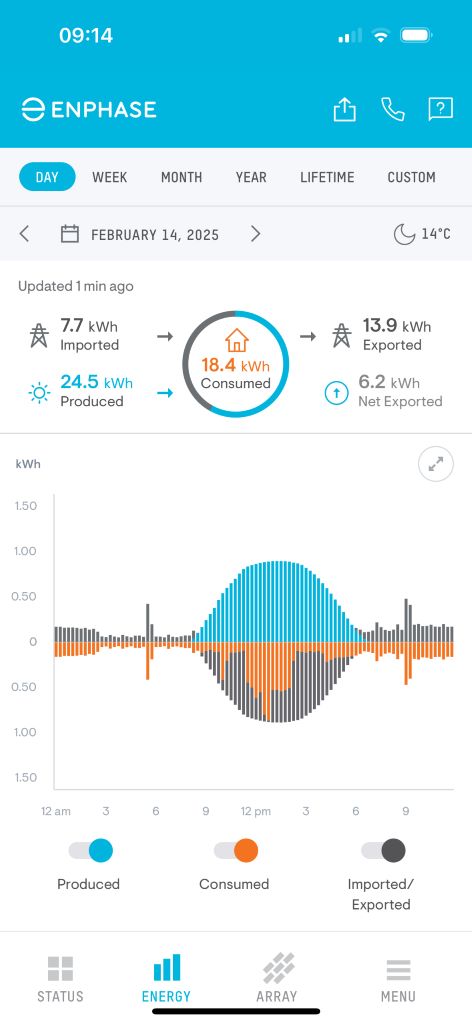
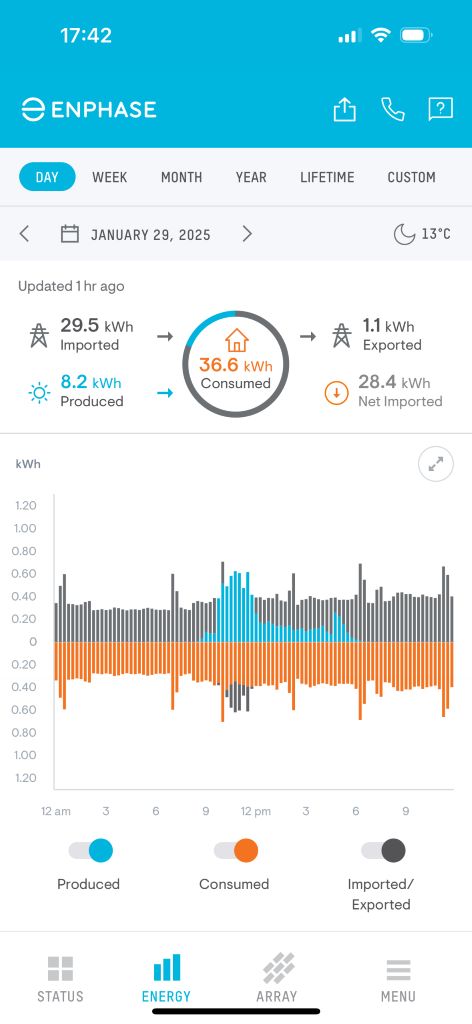
Above: reports from Enphase on two different days. The blue bars represent how much energy we produced; the orange, how much we consumed. The black lines above the horizontal axis represent how much we imported from the grid, and the ones below, how much we exported to the grid.
The day on the left was sunny and we produced a lot more than on the day on the right. We also didn’t use much heater on the day on the left, while on the day on the right we had it on and strong all day long.
Over the days watching Enphase, though, we noticed that our production varied a lot more than our consumption and suspected something went wrong. On Christmas, when we spent most of the day out in a friend’s house, it showed a consumption similar to a regular day, which didn’t make much sense.
We called Geesol and explained the problem. Alejandra, from costumer’s support, agreed with us that it was strange and swiftly booked a technician to visit and check the installation. He came (on time!) and bam – moved a cable and fixed the problem. Great, now the app was even better – all fixed, right? Yes. But not quite done yet.
The first bill after: surprise! But not for good reasons…
We were certainly surprised when our January bill arrived, because it was pretty much like any of the previous bills, and we expected to see a big difference. We checked our electricity provider website and our previous bills, and concluded a few things:
– there was an increase in energy prices;
– there was an increase in taxes
– we did use less power than usual (at least from the grid)
– we did not receive any refund from the so-called virtual battery (the act of selling excessive production)
We had been warned by Geesol that it could take a while for Iberdrola (our electricity provider) to change whatever they needed to change and start considering the self-production that we now had. I was informed by Geesol that they had already passed all necessary documentation to Iberdrola, but it was now up to the electricity provider to do the changes. I did not quite understand what it meant, though, so I sent a message (whatsapp) to Alejandra again.
We both thought it was just a matter of Iberdrola doing their part, but in any case, Alejandra decided to send a technician to our place to double check! You see the level of customer support? It turns out that between the day of this conversation and the visit of the technician, we received a message from Iberdrola saying that they were aware of our installation and would do the switches accordingly.
I informed Geesol, but the technician came anyway, checked the cables and reassured us it was all correct. He even went over our electricity bills and explained parts of it to me – super helpful. He also said that Iberdrola did their job fast in our case – it took them only one month, but in the technician’s house, he had to wait for four months!
Now it was just a matter of receiving the next bill – for February – and seeing the magic happens. Looking forward to a bill was a first to me, but hey, there is a first time for everything, right?
Electricity bills before and after the solar panels
I have below our bills from February 2024 and February 2025 for comparison. The savings are not as good as they seem at first glance, because the one for 2024 cover 29 days, while the one for 2025 covers only 11, so we will do our comparisons per day, not month. The thing is that with the changes Iberdrola has made, they sent us partial bills – one for up to the moment they realized we had the panels, one for after – and it is only the ‘after’ one that makes sense to show here.
The bill from 2024 (left) covers the period from January 15 to February 12; the one for 2025 (right) covers January 21 to 31.
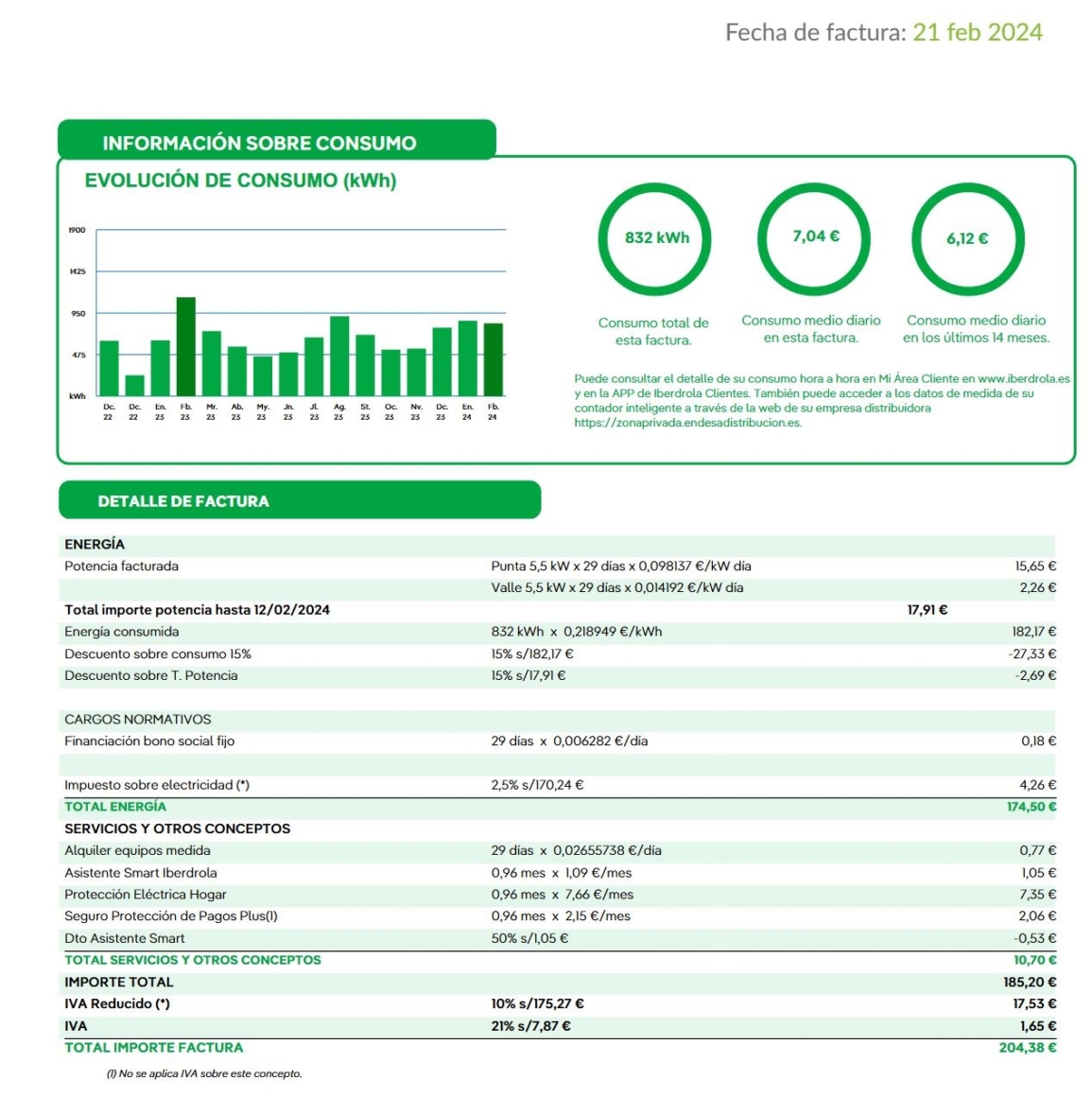
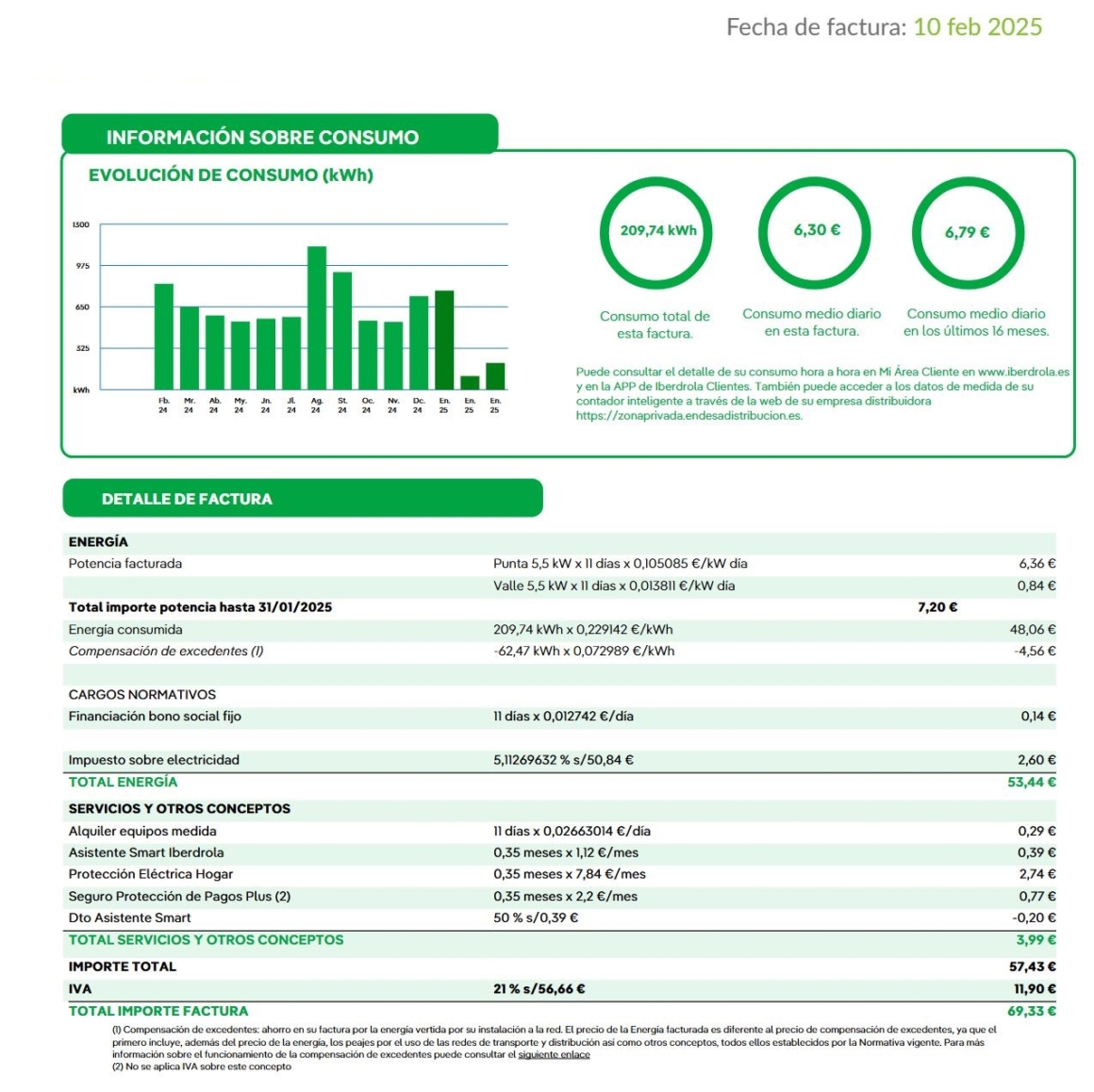
You can click on the images above to enlarge them and read the small numbers that we will crunch on the next subtitle.
Crunching the bills: all the math comes here
I’ll break down the mathematical part of these bills here, to separate it from the rest of the text. Feel free to skip it – or to look deeper than I did – as you prefer. 😉 If you want to skip straight to the conclusions of this part, they are resumed on the next subtitle, about how much we are saving per month.
Feb 2024: € 204,38 / 29 days = € 7.05 / day
Feb 2025: € 69,33 / 11 days = € 6.30 / day
We already see a saving of € 0.75 / day here, right from start. One could think that maybe we paid less because we consumed less, and checking the data on the bills, it looks like that, because, indeed, we took a lot less from the grid:
Feb 2024: 832 kWh / 29 days = 28.69 kWh / day
Feb 2025: 209.74 kWh / 11 days = 19.07 kWh / day
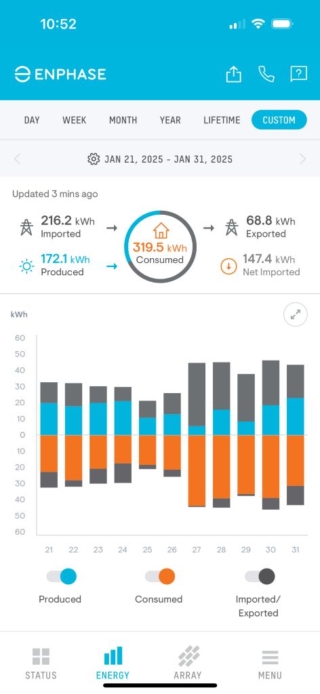
But – big, big but – that is because the bill just shows how much power we got from the grid, meaning from Iberdrola. Thank goodness it is not charging the amount we produced!! Enphase, though, shows it all… 😉
According to Enphase, for the same days as the Feb 2025 bill, we used 216.2 kWh from the grid (a bit more than the 209.74 that Iberdrola shows), produced 172.1 kWh and consumed a total of 319,5 kWh. We exported 68.8 kWh from what we produced – also a bit more than shown on the bill. I think these small differences in the reports from Enphase and Iberdrola are to be expected and small enough to be ignored, so I don’t mind them much.
So, according to Enphase, for that same period of the bill:
Enphase Feb 2025: 319.5 kWh / 11 days = 29.05 kWh / day
Meaning we actually used a bit more electricity per day than we did on Feb 2024 (28.69 kWh / day). But there is a lot more to it:
– In 2024, the price for energy was 0,218949 €/kWh, while in 2025 it went up to 0,229142 €/kWh (you see that in the bill at Energia Consumida).
– In 2024, we had a 15% discount on the consumption (Descuento sobre consumo 15% and Descuento sobre T. Potencia), that we didn’t have anymore in 2025. That’s because our plan gave 15% discount during the first two years, which ended in April 2024.
– In the 2025 bill, we have a line Compensación de excedentes (surplus compensation) which is where the discounts for the power our installation contributed to the grid comes in. We pay about 0,23 €/kWh for energy from the grid but receive only about 0,07 €/kWh for energy we input – less than a third of the price! This is the virtual battery we mentioned before. It is better to use electricity than to sell it, clearly. So showers now happen when the sun is out.
– There was an increase in the bono social (social bonus), something we pay (I thought that is what taxes were for, but go figure). It went from 0,006282 €/day in 2024 to 0,012742 €/day in 2025.
– taxes on electricity (impuesto sobre electricidad) more than doubled. They went from 2,5% in 2024 to more than 5% (5,11269632%) in 2025.
– All the services associated with energy transmission and insurance, under servicios y otros conceptos, went up from 2024 to 2025. The discount stayed the same.
– Finally, the IVA taxes (taxes again?) went from partially reduced to 10% in 2024 to full blown 21% in 2025.
So, even though there was an increase in energy price, taxes and services, and the end of a significant discount, we are paying less while consuming about the same (actually, slightly more).
We produced 172,1 kWh, but part of that amount (68,8 kWh) was put back to the system. According to Enphase numbers, we used 103,3 kWh of our own production (172,1 kWh – 68,8 kWh = 103,3 kWh) and this is close to a third (32%!) of our total consumption of 319,5 kWh. Taking into consideration these numbers are from January, the worst possible time to make this comparison (winter), I’m super impressed.
Had we taken those 103.3 kWh from the grid, here is the impact I think it would have had, based on all the numbers displayed above:
Our used production x energy price:
103,3 kWh x 0,229142 €/kWh = € 23,67
plus tax on electricity:
€ 23,67 x 5,11269632% = € 1,21
€ 23,67 + € 1,21 = € 24,88
plus 21% IVA:
€ 24,88 x 21% = € 5,22
€ 24,88 + € 5,22 = € 30,10
€ 30,10 / 11 days = € 2,74 / day
Other services and the social bonus are charged per day, so they are not affected by consumption.
In conclusion, the € 0,75 / day economy we saw in the beginning reflects only the fact we are pulling less from the grid and the little tidbit we received from the virtual battery. The real saving lies in the extra € 2,74 / day that we would be paying. This means an economy of € 30,10 on that Feb 2025 bill for 11 days, or a total economy of € 82,09 per month!
How much are we saving per month?
Based on the calculations of the previous subtitle, it looks like we are saving € 82,09 per month. This is based on the one and only energy bill we’ve received so far that acknowledges the existence of the panels – and covers just eleven days. We believe we will save even more, because this bill refers to days in January, a winter month when a lot of our consumption comes from using heaters at night – when solar panels do not help. Also, during winter, the days are shorter and cloudier than in the rest of the year. Therefore, I consider this is our baseline, the minimal amount of savings per month.
Moving on, when days become longer and warmer and we don’t consume so much power at night, I think we will save more, as more of our use will happen during solar-powered hours. During summer, when days are super long and electricity consumption is high during the day because of air conditioning, I think the savings will peak. I’m looking forward to those bills too!!!
We are already taking a lot less power from the grid, even though our consumption remains about the same as this time last year. About 32% of what we consumed for the period of the 2025 bill came from our production, and those those were January days! We are already paying less to our power provider, Iberdrola, due to the diminution of energy intake, despite the spike in energy prices, services and taxes between the two bills we compared.
At the current winter rate, the panels would pay for themselves in 7 and a half years, which is half the warranty time we have on them – and that is ignoring the subvention we may receive back.
Having solar panels did not change our electricity behavior as much as I thought it would. We do prioritize taking showers during daytime now, but dishes and clothes were already washed during the day, as was food preparation (oven and microwave pull a lot of energy). Computers continue to be used day and night – me, and especially Hubby, are night owls, and that didn’t change.
Conclusion
If you are considering installing solar panels at your place, I would strongly recommend you do it, and that you do it with Geesol. They were excellent through all our process, from the initial visit to customer service afterwards.
They knew what they were talking about, their technicians knew how to install panels without breaking the roof, the installation went smooth, they use a good software, they dealt with all the paperwork, their costumer service was unmatched and they are punctual. We dealt with lots of people from Geesol throughout this process, and they were all helpful, friendly and knowledgeable. I’m amazed!
The money we spent will be more than compensated over time, and as energy prices keep soaring, the panels may even pay for themselves sooner than expected; on top of it all, it is something that increases the value of our property. Lots of wins here! If your property and community allow it, install solar panels as soon as possible.
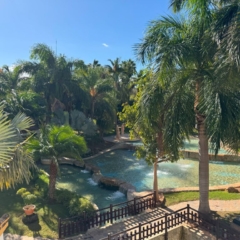

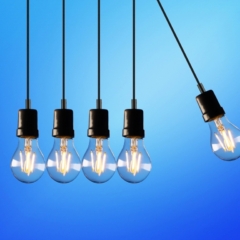
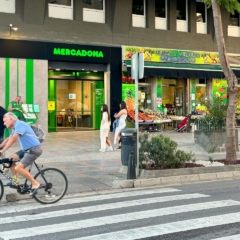
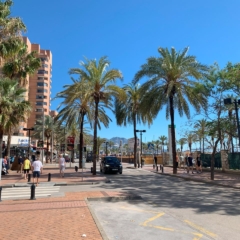
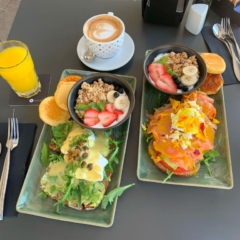
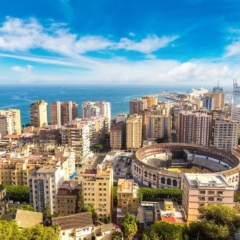
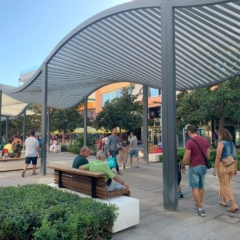
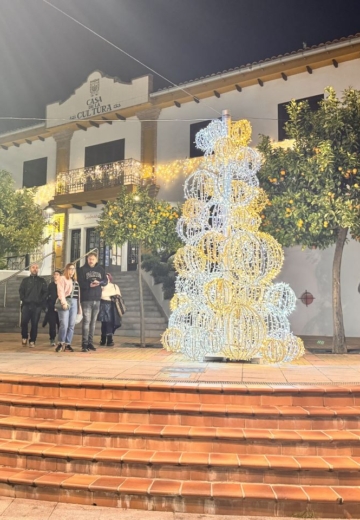
Excellent article! I even enjoyed the math, thanks for including it. (Mechanical engineer by profession.)
You will experience even better returns as the solar resource increases during the year. Please keep us posted.
Hey, Ronald,
Thank you for your comment!
Indeed, our bills were much lighter all year long, and recently, I got news from the Junta de Andalucia that our request for subvention was approved! We didn’t receive it yet, but it looks like we will!